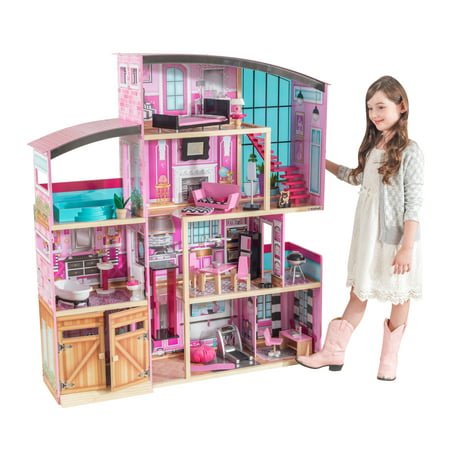My Sweet Love Baby Doll 3-in-1 Car Seat Carrier Doll Accessory
Your child can take their favorite My Sweet Love Baby doll with them almost anywhere with the My Sweet Love Baby Doll 3-in-1 Car Seat Carrier. This adorable toy accessory is designed to function like the real thing with a working handle that allows it to be used as a car seat, baby carrier, or as rocker for your little one to send their little off to dreamland. This fun toy makes a wonderful present for birthdays, Christmas, Hanukah, other holidays, and more. The set is great for kids aged two and up and is perfect for imaginative play. The My Sweet Love Baby Doll 3-in-1 Car Seat Carrier is just one part of the entire My Sweet Love toy collection (other items sold separately).





My Sweet Love Baby Doll 3-in-1 Car Seat CarrierAdorable toy accessoryConverts from a car seat to carrier to rockerCan be used with 18″ dolls (sold separately)Features a working handleMakes a wonderful present for birthdays, Christmas, Hanukah, other holidays, and moreWaterproof vinyl may be wiped clean with a damp cloth, if neededSafety tested and approved for children 3 years and upJust one part of the entire My Sweet Love toy collection (other items sold separately)Found exclusively only at Walmart and Walmart.com





Reviews
There are no reviews yet.